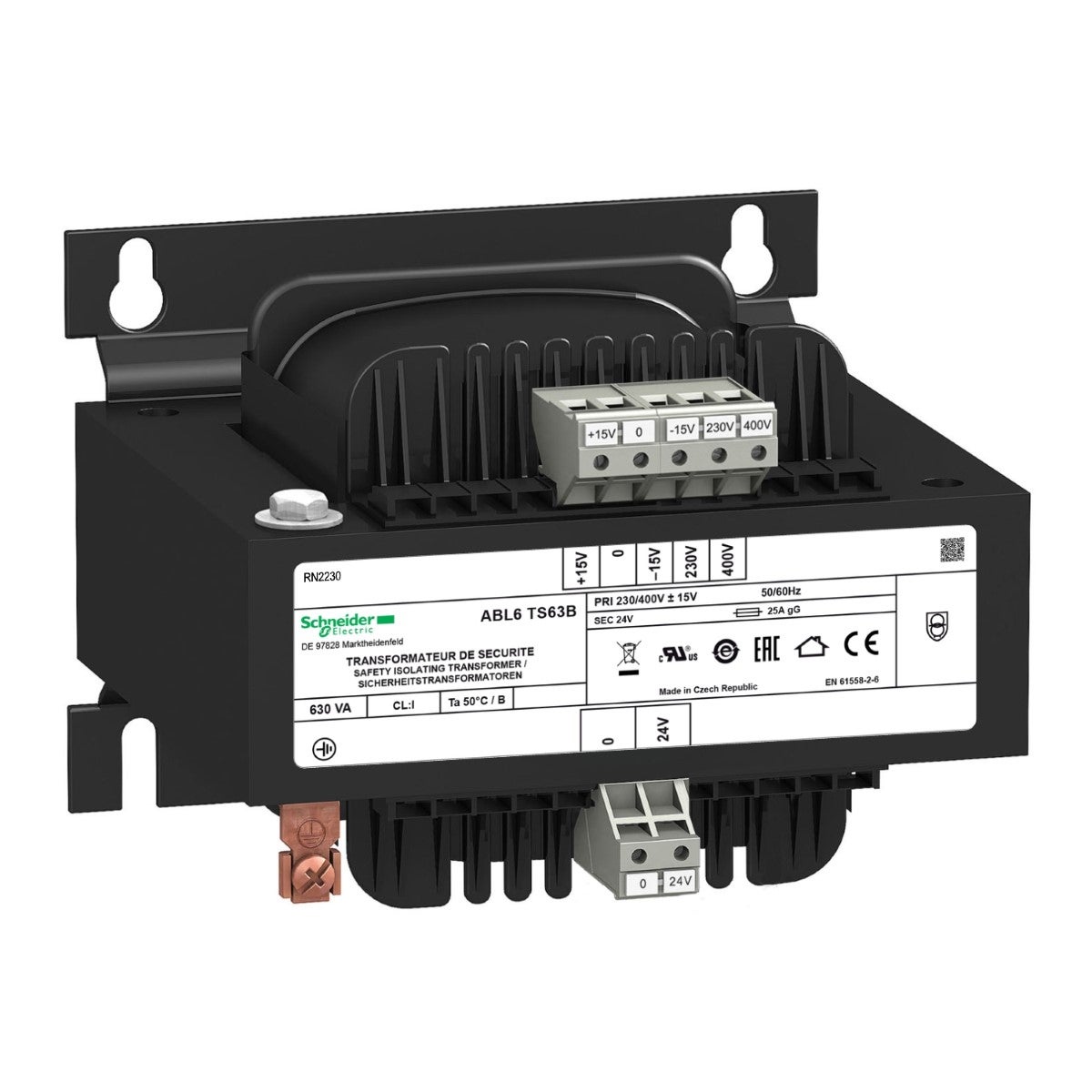Transformers are indispensable components in the field of electronics, serving a multitude of purposes. From voltage regulation to signal isolation, transformers play a crucial role in ensuring efficient and reliable operation of electronic devices. In this blog post, we will delve into the various applications and benefits of transformers in electronics, highlighting their significance in different industries and contexts.
- Voltage Transformation and Regulation:
One of the primary uses of transformers in electronics is voltage transformation and regulation. Transformers enable the conversion of high voltage to low voltage or vice versa, ensuring compatibility between different electrical systems. This capability is particularly essential in power distribution networks, where transformers help to transmit electricity efficiently over long distances while minimizing power losses. - Signal Isolation and Amplification:
Transformers also find extensive application in signal isolation and amplification. By providing galvanic isolation, transformers protect sensitive electronic components from electrical noise and interference. Moreover, transformers can amplify weak signals, enhancing their strength and improving the overall signal quality. These features make transformers invaluable in audio equipment, telecommunications, and data transmission systems. - Impedance Matching:
Impedance matching is another critical function performed by transformers in electronics. Transformers enable the efficient transfer of power between different circuits with varying impedance levels. This capability is particularly useful in audio systems, where transformers ensure optimal power transfer between audio sources and speakers, resulting in improved sound quality and fidelity. - Power Supply and Conversion:
Transformers play a vital role in power supply and conversion applications. They facilitate the conversion of alternating current (AC) to direct current (DC) and vice versa, enabling the operation of various electronic devices. Transformers are commonly used in power adapters, chargers, and inverters, providing the necessary voltage and current levels required by different electronic components. - Instrumentation and Measurement:
In the field of instrumentation and measurement, transformers are utilized for current and voltage sensing. Current transformers accurately measure and monitor electrical currents, while voltage transformers enable precise voltage measurements. These transformers are widely employed in energy management systems, power quality analysis, and industrial automation, ensuring accurate data acquisition and analysis.
Conclusion:
Transformers are versatile devices that find extensive application in the electronics industry. From voltage transformation and regulation to signal isolation and amplification, transformers play a pivotal role in ensuring the efficient and reliable operation of electronic devices. Their uses span across various industries, including power distribution, telecommunications, audio systems, and instrumentation. By understanding the multifaceted uses of transformers, engineers and designers can harness their capabilities to create innovative and high-performance electronic systems.

